Last year when I reviewed the XSA Labs Vanguard Loudspeaker I noted that the one drawback of the speaker was, due to its diminutive size, its inability to produce the impact of extreme low frequencies and that a complete system would require a subwoofer. It was with great excitement and anticipation that I learned that Veri-Fi Audio LLC has now corrected that issue with the release of their Vanguard Caldera – 10 Active Subwoofer.
While subwoofers are predominately used in Home Theatre, subwoofer satellite systems have also had a firm space in high-end audio since the mid ‘60s when Arnold Nudell and Cary Christie invented their Servo Statik 1 which was the first subwoofer satellite system employing one of the first subwoofers. The Vanguard Caldera 10 Active Subwoofer seems to be ideally crafted to match with the LS3/5a design of the Vanguard Loudspeaker. While with Home Theatre big is better in the case of subwoofers since they are only being used to produce background effects via the LFE channel, with music reproduction, smaller means faster and more accurate (tighter response), which in turn means a better match with extremely fast small satellite speakers.
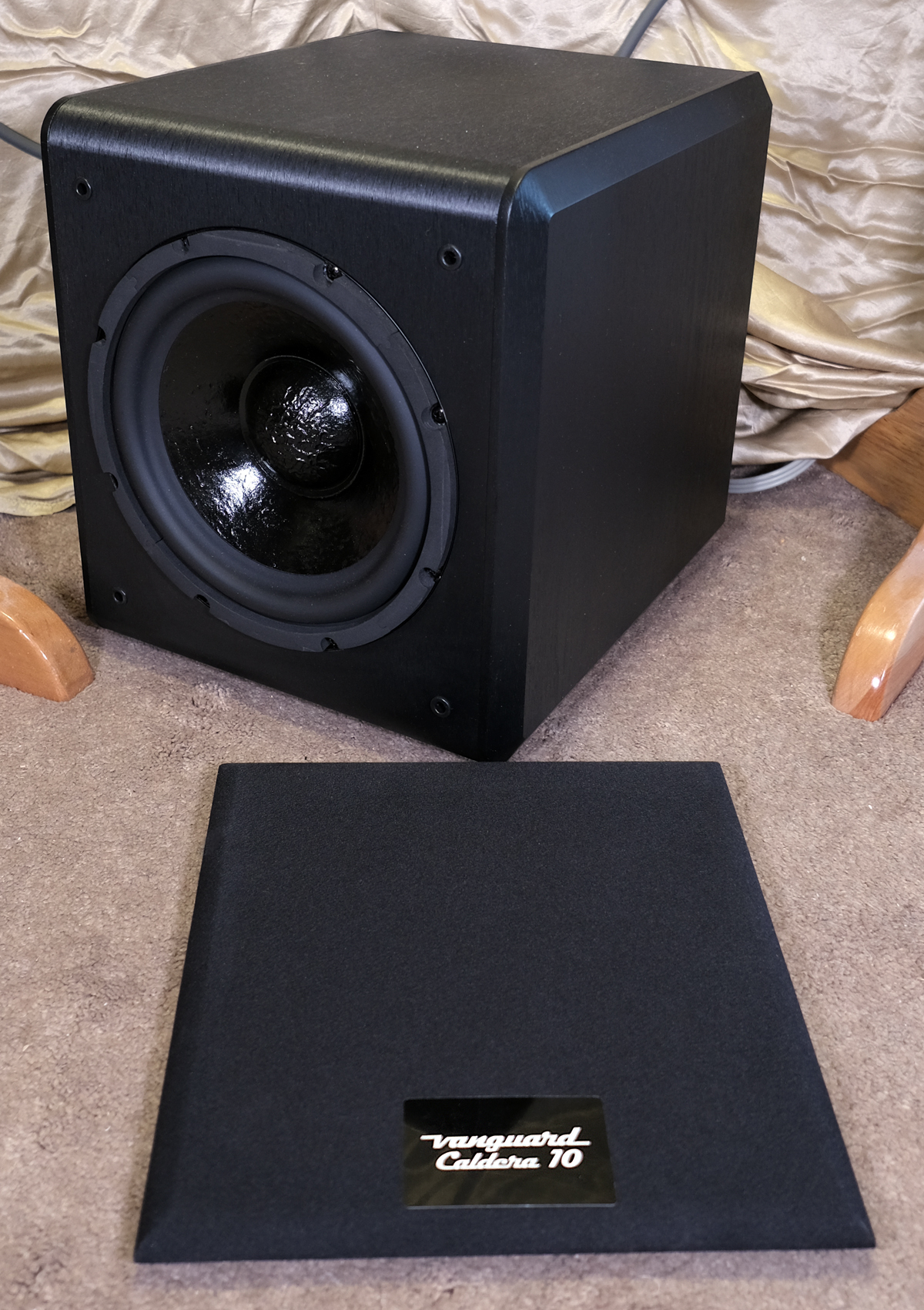
The Veri-Fi Audio LLC Vanguard Caldera 10 Active Subwoofer
The Veri-Fi Audio LLC Vanguard Caldera 10 Active Subwoofer is a 10″ active subwoofer in a vented cabinet boasting a large class A/B amplifier capable of 200w into 4 ohms. For features it offers both line level and speaker level inputs and outputs with a variable crossover from 20Hz to 200Hz, an independent volume control (to match volume with your satellites in a non-theatre application), and a phase reversal switch (to allow placement at either end of the room, or corner placement if you have two). The woofer itself is a black wood-grained box approximately 13”x15”x16” with beveled edges and rounded corners, small enough that it will blend in with any décor.
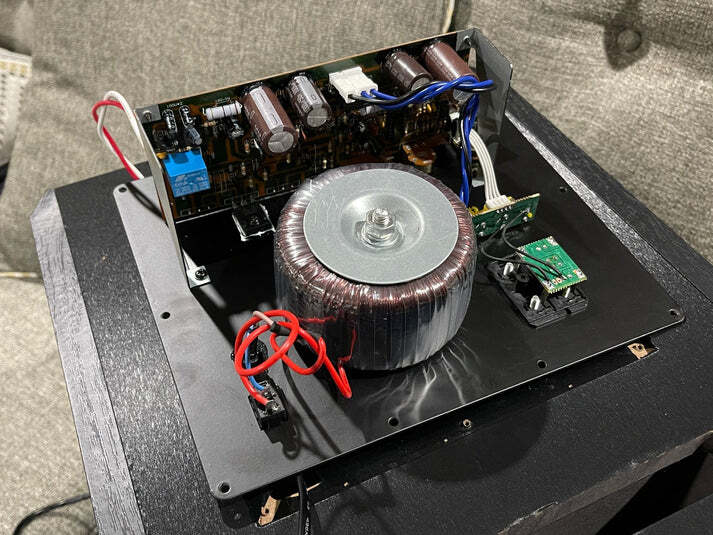
The Soundchecks
To perform my sound tests I used my reference system consisting of an LSA VT-70 Tube Integrated Amp, Audio-gd R2R-1 DAC, Black Dragon Cables, Core Power Technologies A/V Equi=Core 1000, and Vera-Fi Audio VBH-1 (Vibration Black Hole) isolation feet (which were used on the Vanguard Loudspeakers) along with the aforementioned Vanguard Loudspeakers. Since subwoofers are considered omnidirectional (everything below 80Hz is considered non-directional) placement in a Home Theatre system is not particularly important though placing the woofer facing a corner will create a corner horn effect amplifying its output. For a stereo HiFi system, this really isn’t the case, I hear stereo down to around 50Hz, so ideally you want two subwoofers, or when using a single sub you want it placed center between the satellites, counting on them to create your stereo image.
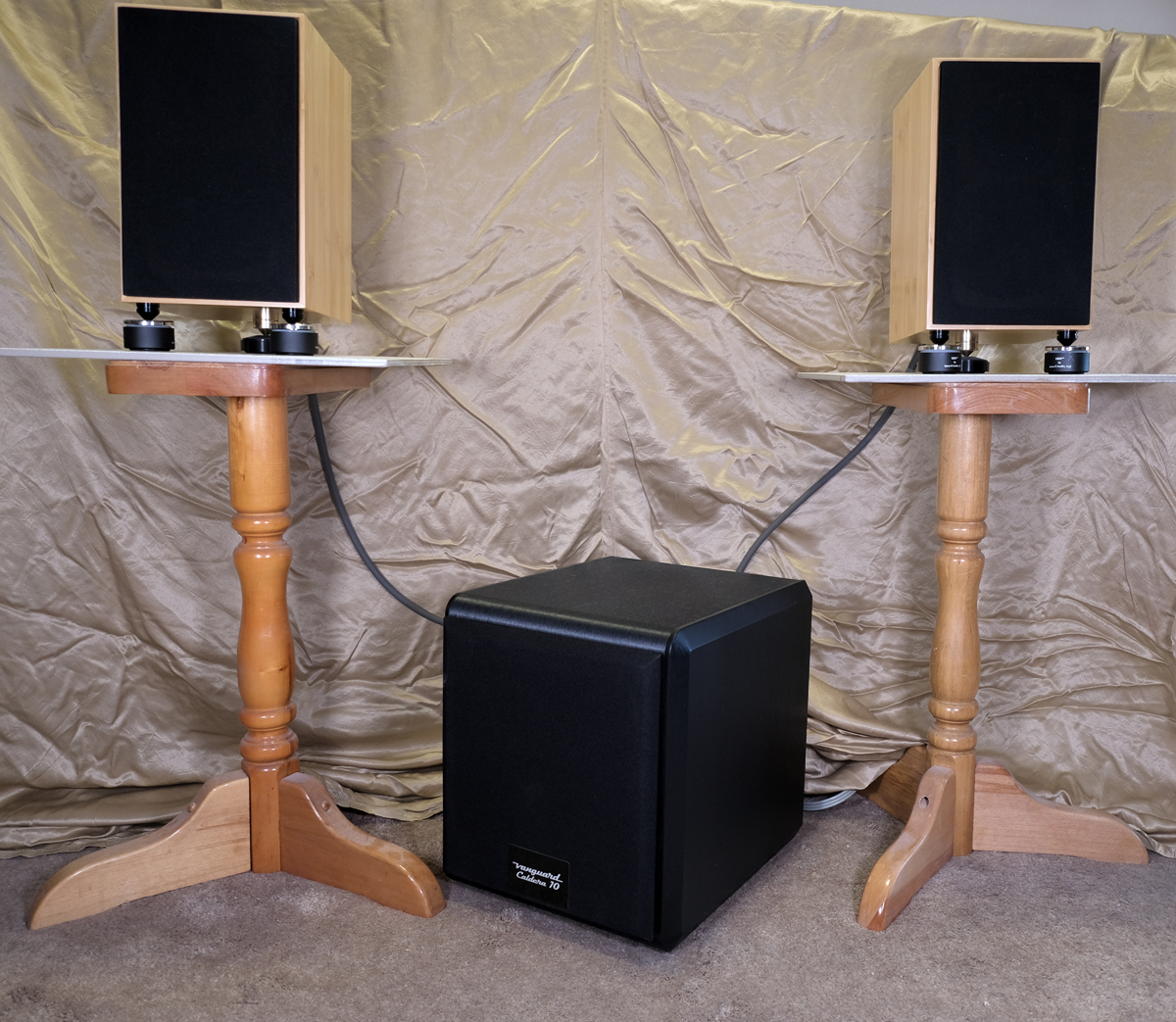
I set up the Vanguard Loudspeakers in a near-field configuration as this limits room interaction, though they are pretty room agnostic, with the Caldera 10 dead center slightly off-axis which allows for longer wavelengths in my small listening room.
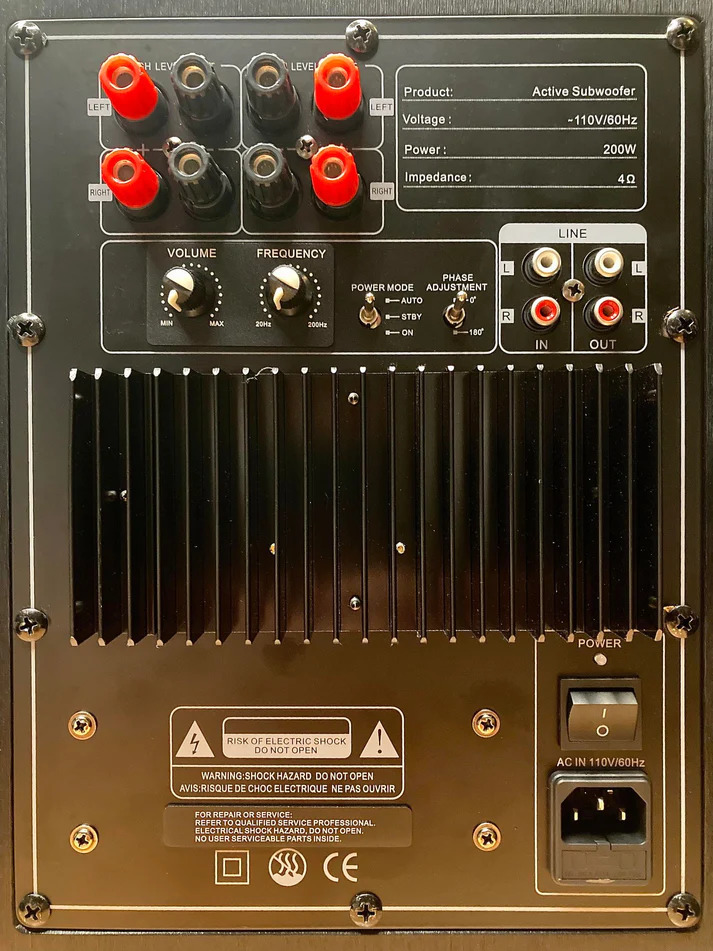
Next step was to determine the crossover frequency, understand, crossover is a curve, not a strict cutoff, so you will have some overlap. The Vanguard Loudspeaker is -3dB at 80Hz and -6dB at 70Hz so given the likely 12dB per octave crossover of the Caldera 10, I set it to about 70Hz which should be the optimum setting.
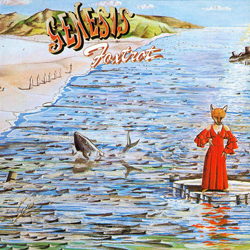
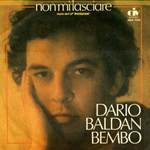
Volume was matched by ear using my usual sub-bass tracks of “Can-utility And The Coastliners” (“Foxtrot” – Genesis – 16-bit/44.1kHz – Qobuz) and Dario Baldan Bembo’s “Non Mi Lasciare” (16-bit/44.1kHz – Qobuz).
Though the need to break in a subwoofer is questionable, I ran it in the background for a couple of days using my Qobuz playlists just to acclimate to the sound and let the cables de-stress.
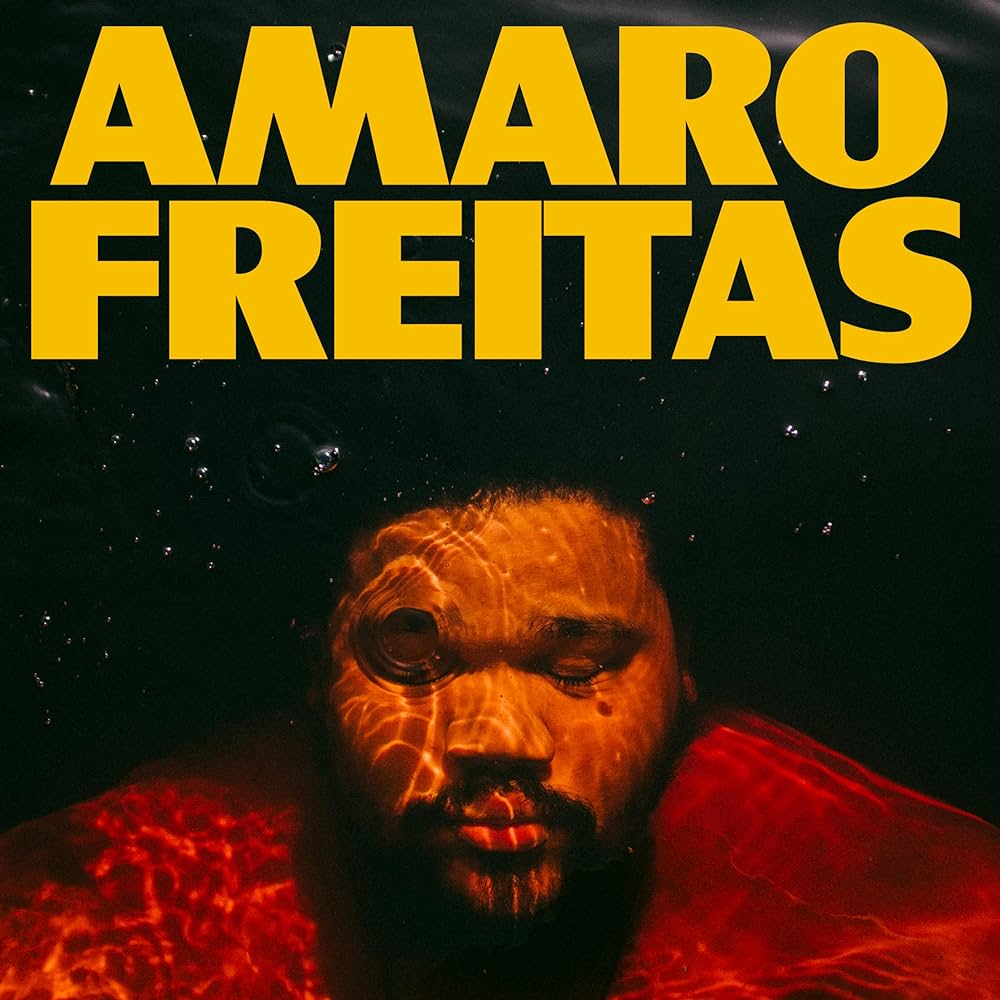
I began my serious listening per usual with new releases on Qobuz, in this case, “Y’Y” (24-bit/88.2kHz – Qobuz) by Amaro Freitas. While this consisted of mostly piano and percussion with occasional Native American vocalizations, the Caldera 10 added a whole new dimension to the sound giving resonance to the lower piano notes and depth to the drum beats.

Moving on to Lang Lang’s “Saint-Saëns” (24-bit/192kHz – Qobuz) featuring Gina Alice, Gewandhausorchester Leipzig and Andris Nelsons, the Caldera 10 added greatly to the sense of space and the size of the hall. I will note that classical fans will probably want two subs as I could feel the piano image pulling to the center at points, but at $200 each that is certainly no onerous burden. The Caldera 10 was outstandingly tight, easily keeping up with the Vanguard Loudspeakers with no blurring of the bass notes.

Next, I noticed “Dune: Part Two (Original Motion Picture Soundtrack)” (24-bit/48kHz – Qobuz) by Hans Zimmer and thought, ‘Now there is something to challenge a subwoofer’, and I was not wrong, there were low tympani notes and bass synth that simple had no impact whatsoever without the Caldera 10, but with it created a larger than life experience without diminishing the ethereal music that surrounded it, this was especially clear with the track “Eclipse”.
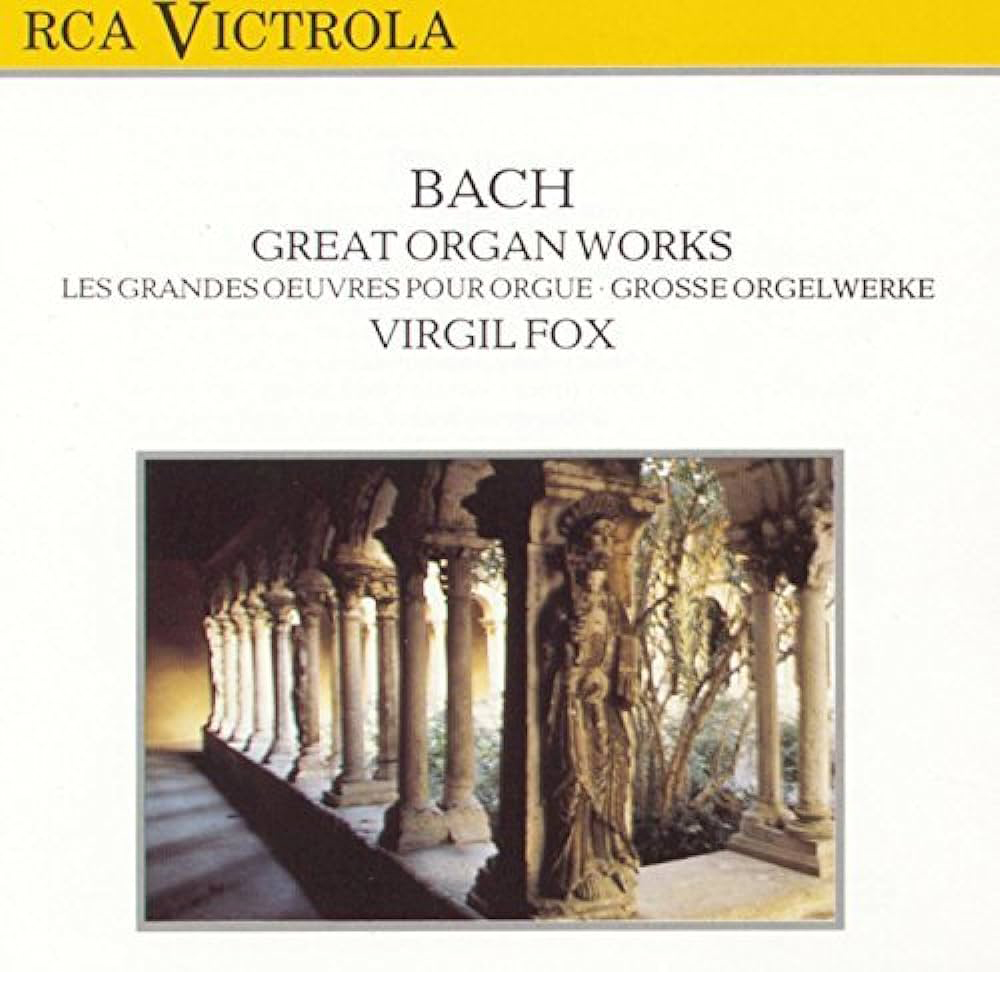
The lowest conventional acoustical instrument (there are some rare contra instruments that go as low) is the pipe organ with notes as low as 18Hz, so I dug up Virgil Fox on Qobuz and selected his performance of Bach’s “Toccata and Fugue in D Minor” from “Organ Works:Bach” (16-bit/44.1kHz – Qobuz), while my favorite version is from his 1977 direct to disc recording “The Fox Touch-Volume One” I lent my original copy to a friend back in the early ‘80s who never returned it, and the copy I have now was by necessity a used copy (as it had gone out of print), and I didn’t really feel like going through the effort to set up my turntable when a digital recording would tell me what I really wanted to know. The Caldera 10 worked seamlessly with the Vanguard Loudspeakers, creating that in-church feel that only a sub can reproduce yet sounding as if it were an integral part of the satellites themselves.
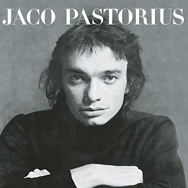
Talking about in-the-room vibe, “Portrait of Tracy” by the legendary bass player Jaco Pastorius (“Jaco Pastorius” – 16-bit/44.1kHz – Qobuz) just blew me away, outstanding.
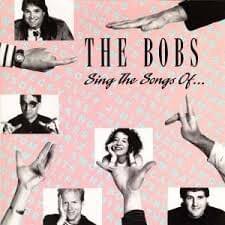
Another recording that was unexpectedly enhanced by the Caldera 10 was “Psycho Killer” as performed by the acapella group The Bobs (“Sing The Songs Of…” – 16-bit/44.1kHz – Qobuz), the resonance of the basso and improvised percussion, just made it that little bit more real.
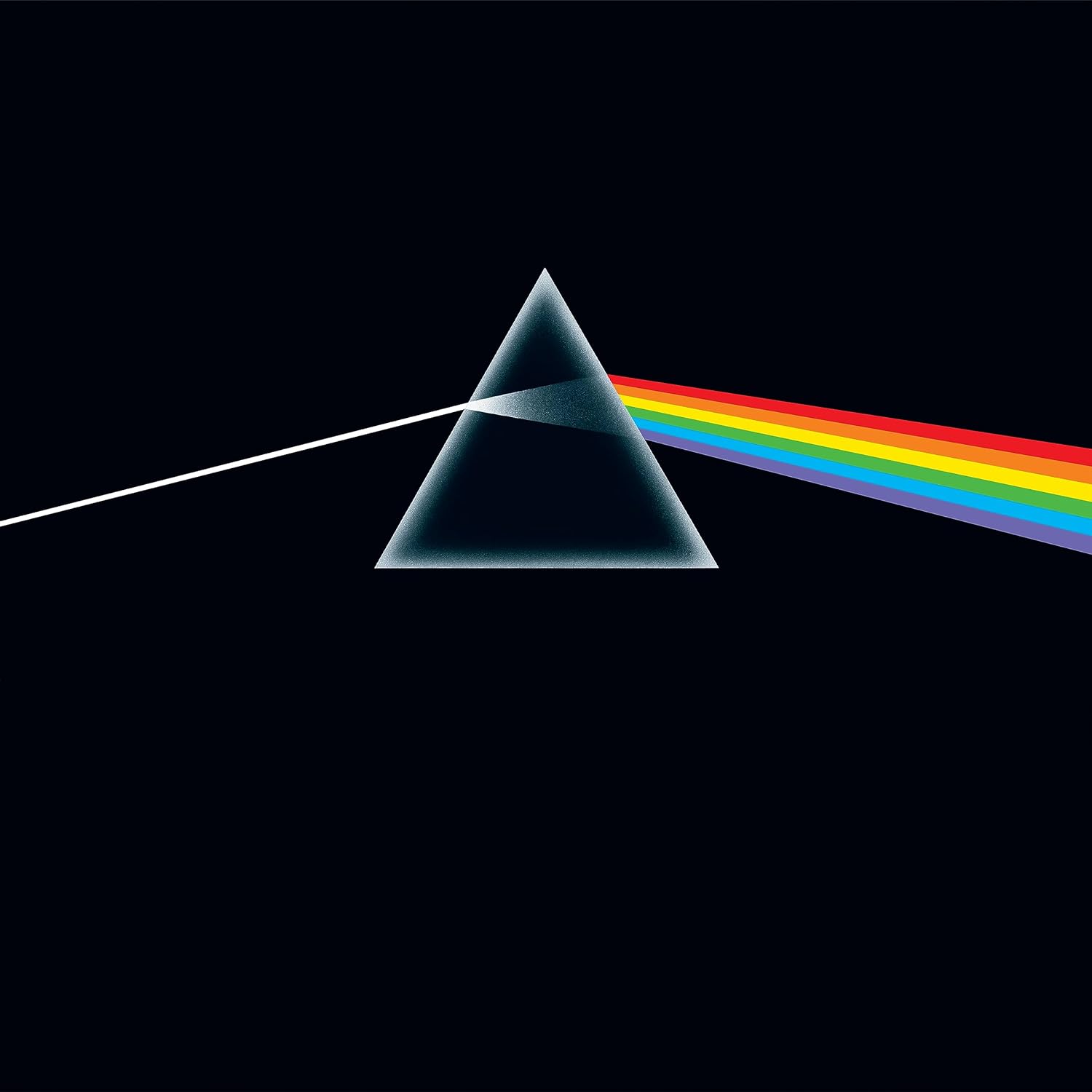
It seemed that the appropriate track to close on was Pink Floyd’s classic “Breathe (In the Air) (2023 Remaster)” from “The Dark Side Of The Moon (50th Anniversary)(2023 Remaster)” (24-bit/192kHz – Qobuz), the opening heartbeat shook my room and there were some extremely low percussive beats that I had never heard before.
The Conclusions
Where to start? The Veri-Fi Audio LLC Vanguard Caldera 10 Active Subwoofer is a perfect match for the Vanguard Loudspeakers with the caveat that I recommend two Caldera 10s, not for lack of power, but for better imaging, and I suspect the same applies to the Vanguard Scout which has an even lower -6dB point which might allow for a single sub. I have owned many subwoofers over the years, my first, back in the ‘80s, was a two-foot cube with a 12” driver and a 200W amplifier with a fixed crossover which I sold, well used for $200, and my last commercially made sub was a Genesis that sold for about $3,000, my current subwoofer is a free-air sub similar to the Celestion 6000 of the late ‘80s ($3,300pr) using the LSA Discovery Warp 1 as an amplifier and 50Hz low pass filters (this works well enough for my speakers that I designed it for, but not at all for the Vanguard Loudspeakers or any speaker of significant efficiency). I won’t say that the Caldera 10 is the best subwoofer I have heard, but it is without question the best value in a subwoofer, and it competes favorably with the subwoofers listed here, being both incredibly fast, with exceptional punch, and still has the power to shake a room. To put it in perspective, the equivalent SVS sub is $900.
While the Vanguard Loudspeaker was an incredible speaker by itself, offering a fantastic image, great timbre, and a wonderful soundstage, after hearing them with the Vanguard Caldera 10 it would be very difficult to go back. Ironically, the Caldera 10 actually increased the soundstage, giving the deep resonance that accompanies a massive hall.
I cannot recommend the Veri-Fi Audio LLC Vanguard Caldera 10 Active Subwoofer enough, buy one, for $200 it is a no brainer, in fact, buy two, or if you want to use them for home theatre buy four, no $800 subwoofer will come close.
(Added note: at time of press, I now have two Caldera 10s)
Price: $199
Manufacturer’s Website: https://verafiaudiollc.com/products/down-valley-active-10-subwoofer

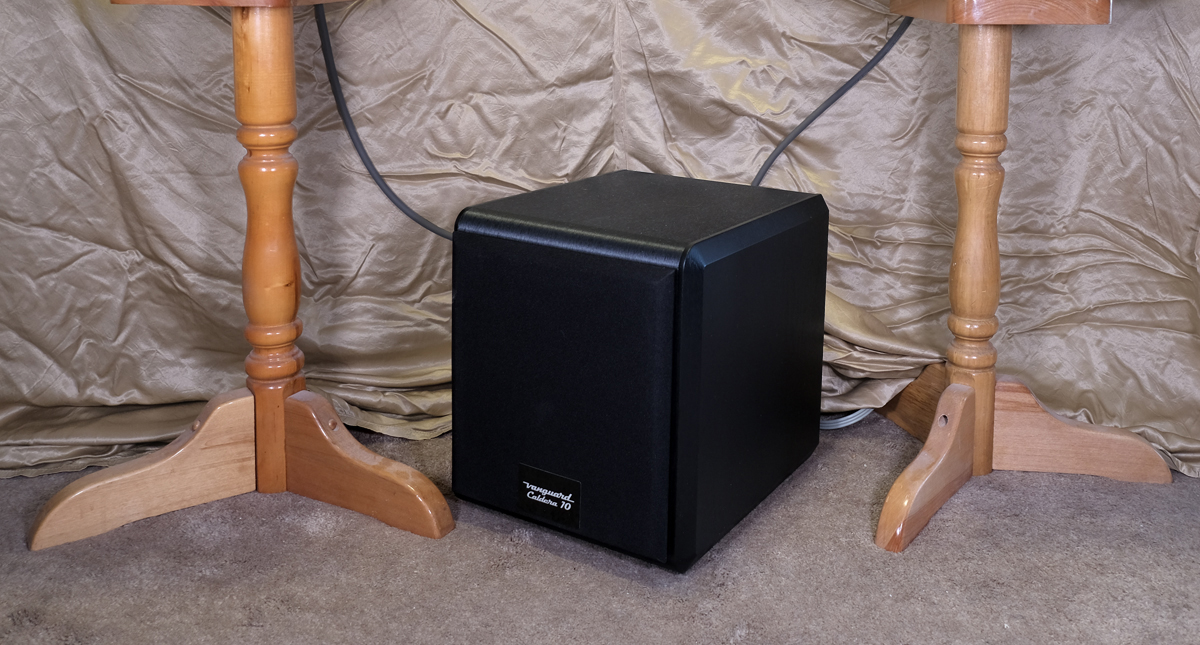






Leave a Reply
Want to join discussion?
Feel free to contribute!